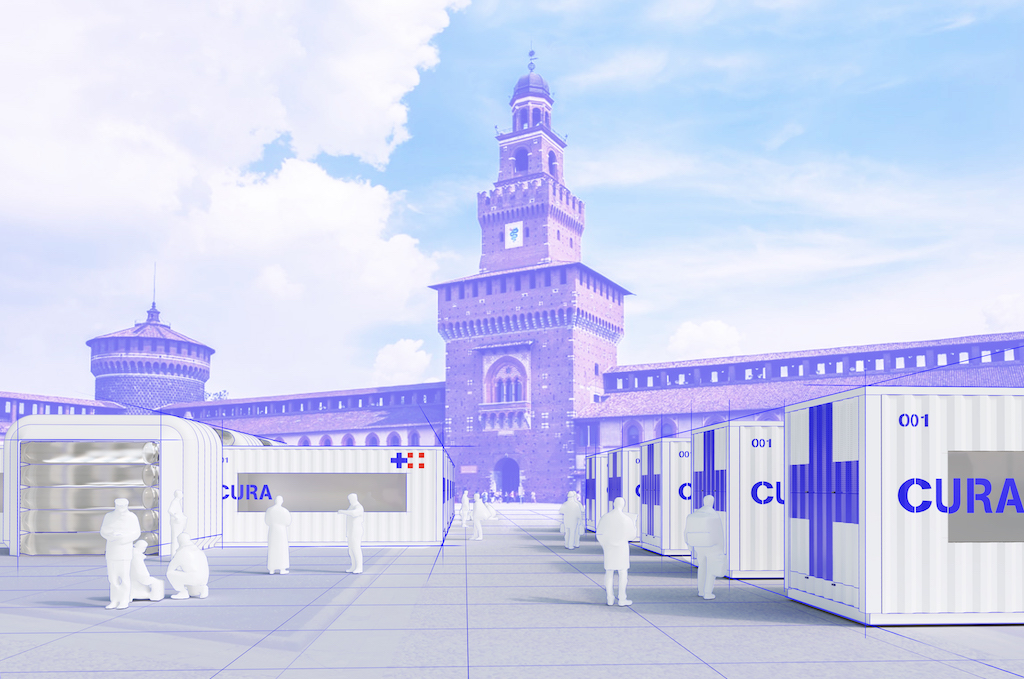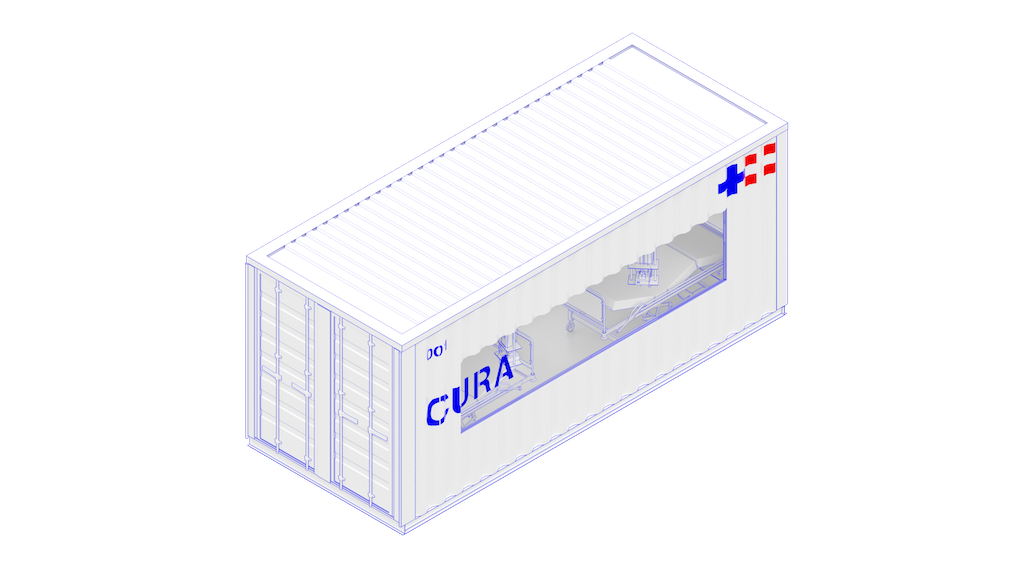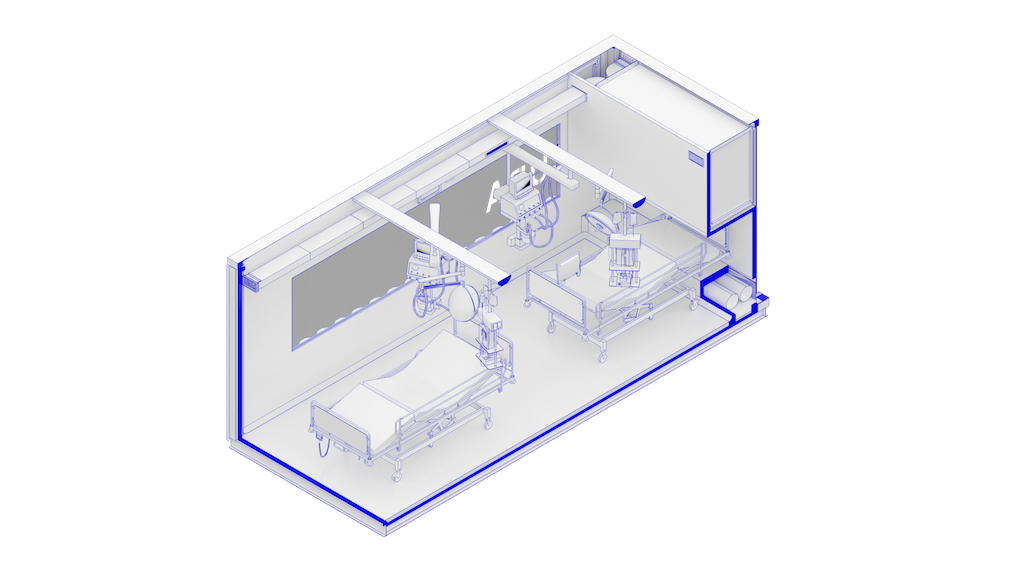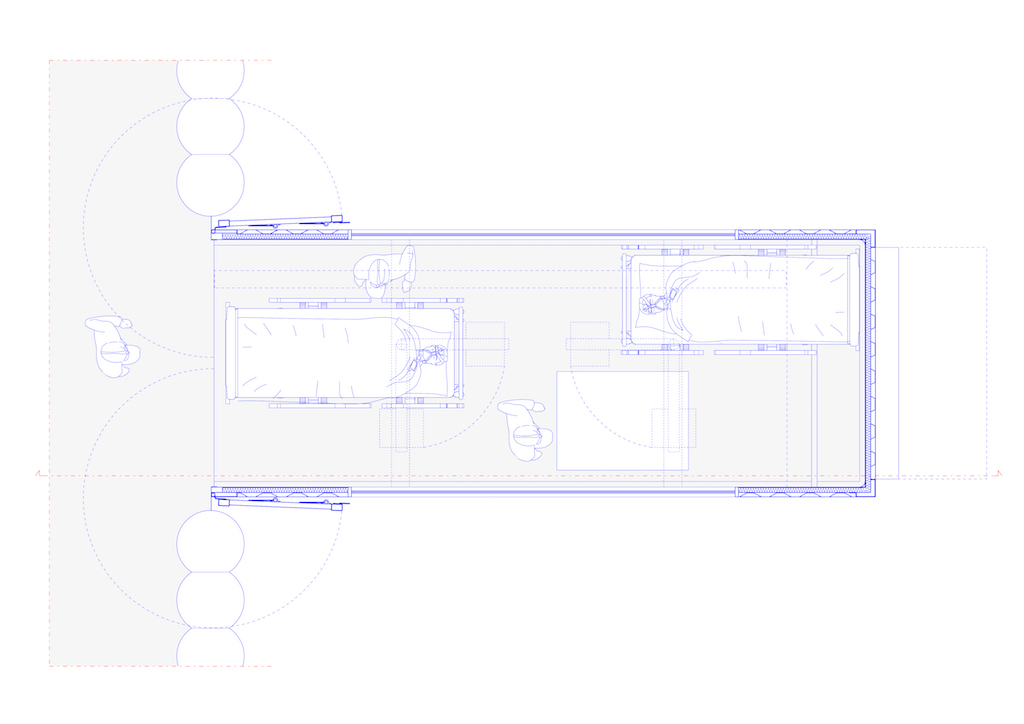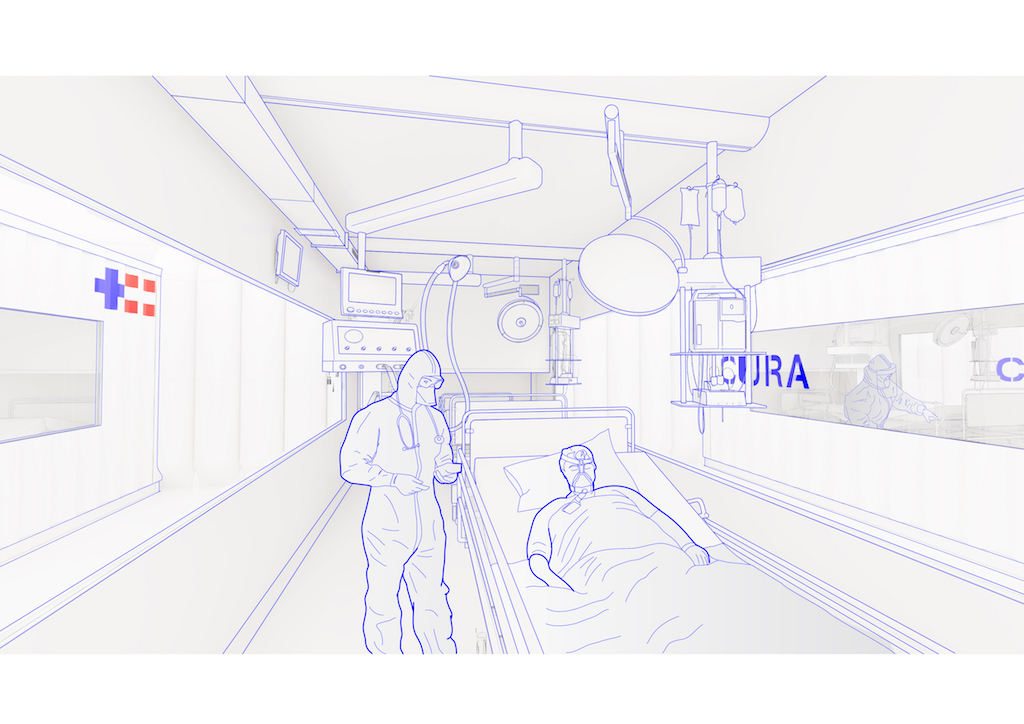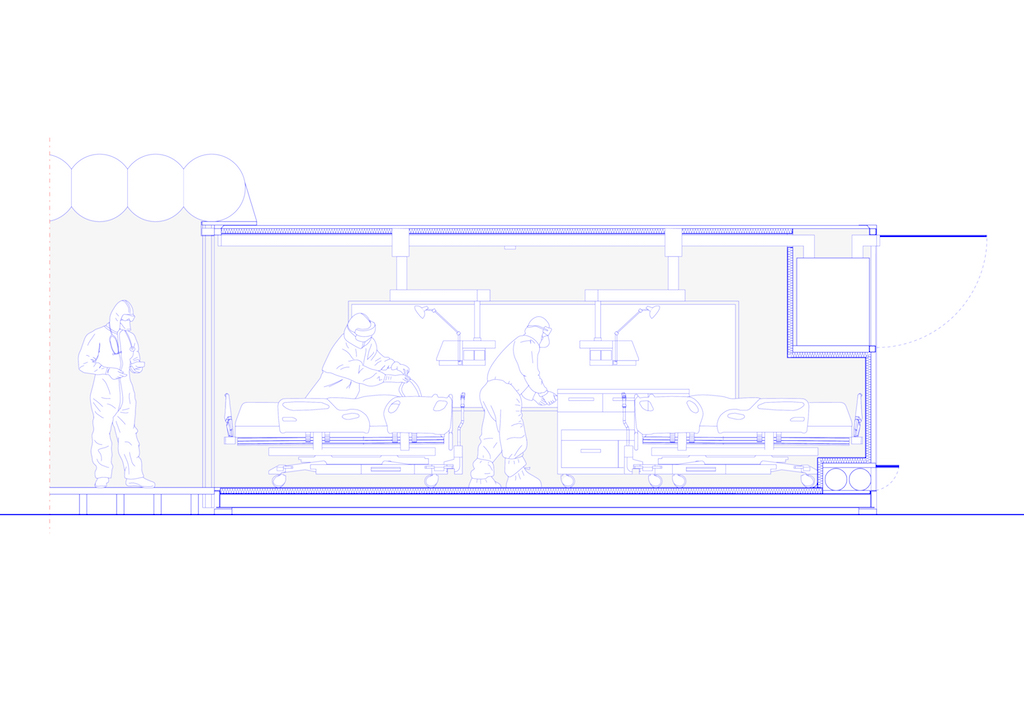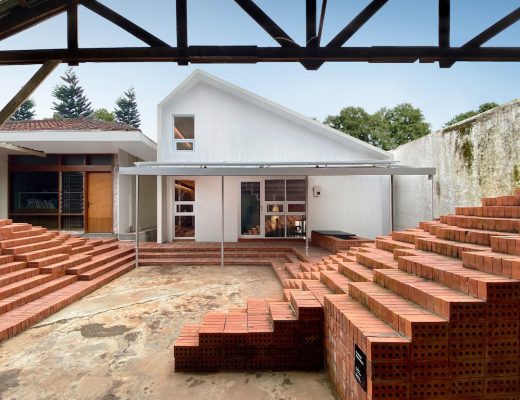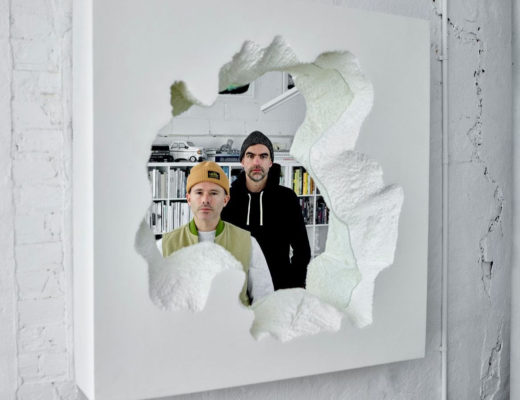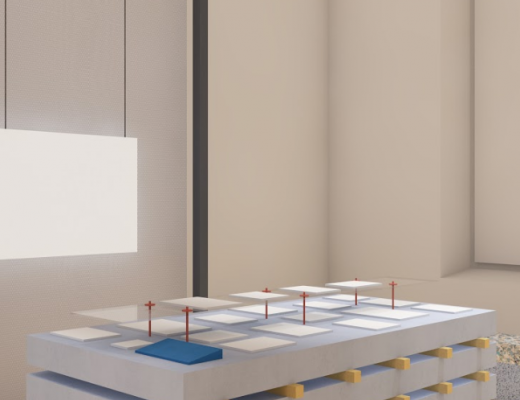Italy’s research-oriented multidisciplinary practice Carlo Ratti Associati has unveiled an innovative solution for the ongoing global healthcare crisis – the Covid-19 pandemic.
The firm, founded by well-known Italian architect and MIT professor, Carlo Ratti, has proposed CURA (Connected Units for Respiratory Ailments; cure in Latin), which aims to convert shipping containers into plug-in Intensive-Care Pods for COVID-19 patients. The units could be as fast to mount as a hospital tent, but as safe as an isolation ward, thanks to biocontainment with negative pressure. The first unit – whose open-source design has been initiated by an international task force of architects, engineers, doctors, military experts and NGOs and is open to further contributions – is currently being built in Milan, Italy, with the sponsorship of UniCredit, an Italian banking and financial institution.
Cura uses repurposed shipping containers to create plug-in biocontainment pods that can be quickly deployed in cities around the world, promptly responding to the shortage of ICU space in hospitals and the spread of the disease. It is a compact intensive-care pod for patients with respiratory infections, hosted in a 20-foot intermodal container with biocontainment (thanks to negative pressure). Each unit works autonomously and can be shipped anywhere. Individual pods are connected by an inflatable structure to create multiple modular configurations (from four beds to over 40), which can be deployed in just a few hours. Some pods can be placed in proximity to a hospital (e.g. in parking lots) to expand the ICU capacity, while others could be used to create self-standing field hospitals of varying sizes.
CURA aims to improve the efficiency of existing solutions in the design of field hospitals, tailoring them to the current pandemic. In the last weeks, hospitals in the countries most affected by COVID-19, from China to Italy, Spain to the USA, have been struggling to increase their ICU capacity to admit a growing number of patients with severe respiratory diseases, in need of ventilators. It is expected that more ICUs will be needed internationally in the next few months.
The response to the emergency in China and Italy so far has been to set up makeshift emergency hospitals such as tents, or build new prefabricated wards with biocontainment. While the latter option is time and resource-intensive, the former one exposes medical professionals to a higher risk of contamination and adds operational strain, especially in the long run. Learning from both approaches, CURA strives to be as fast to mount as a hospital tent, but as safe as a hospital’s isolation ward to work in, thanks to biocontainment (an extractor creates indoor negative pressure, complying with the standards of Airborne Infection Isolation Rooms AIIRs). It follows the standards for COVID-19 hospitals issued by the Chinese authorities, while speeding up execution.
You might also like:
Creative Crews discusses its award-winning classroom makeover for blind children in Thailand
St Joseph’s Home in Singapore by SAA Architects wins silver at World Architecture News Awards

